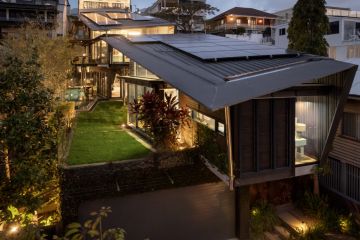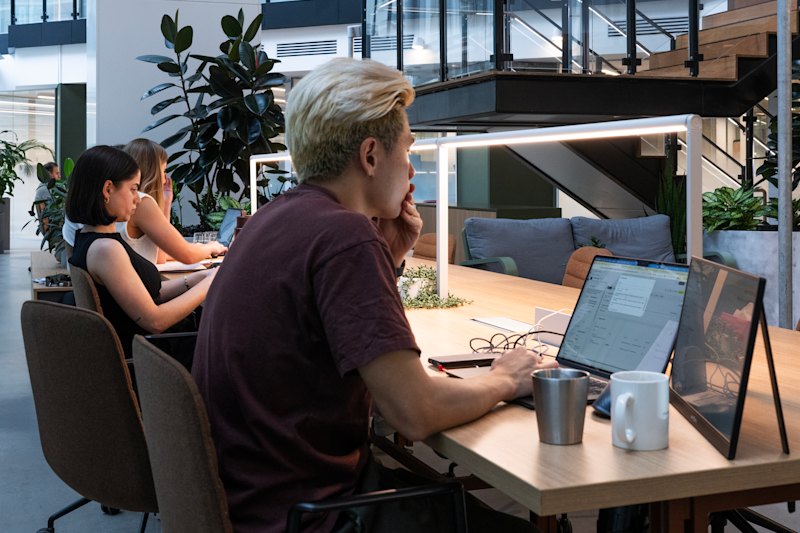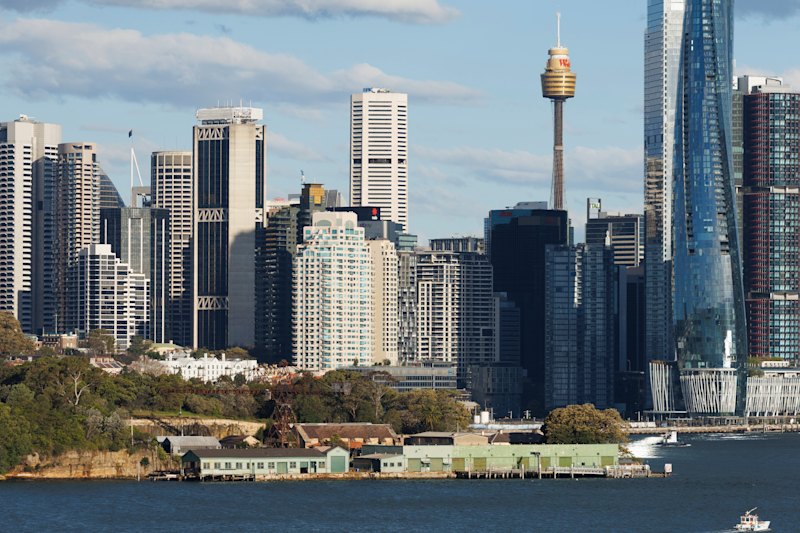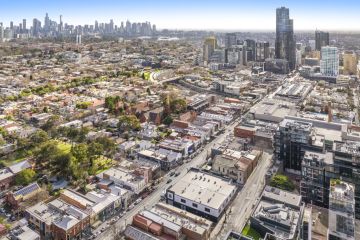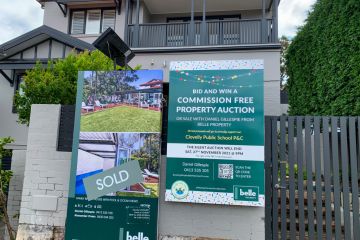More than a feeling: The timeless design features that make a house a home
Walk into some houses, and they instantly feel warm and welcoming. Walk into others, and something doesn’t quite feel right. But sometimes it’s impossible to articulate exactly what the difference is.
One of the key factors in making your house a comforting, tranquil haven, says architect Andrew Nimmo, is the light flow, whether that’s natural or artificial light.
“It doesn’t mean a house has to be dull or bright, but it does mean there shouldn’t be any glare and that the light is controlled,” he says.
“The eyes do adjust to different levels of light, but it shouldn’t be at a level that can disturb.
“Also, colours are important. The modernists have had a lot of fun talking about how to engender different moods with different colours, and about how some combinations are soothing and others jar.
“Certainly, the palette shouldn’t include super-bright or electric shades, but the house could be from the same kinds of colours, all white, or all black or all grey, or a combination of those.”
A view to the outside is also important, he believes, to help create soothing space. Feng shui master Jodi Brunner agrees with that.
“Bringing nature into the house is always a good idea; it can make a house feel very Zen and calm,” Brunner says.
- Related: Designing the perfect open-plan living space
- Related: Blending period homes with modern design
- Related: How light enlivened a 1950s home
“In addition, open-plan living is also always good. A house should be open and have a good flow throughout, so the chi can flow from place to place, like the wind.
“We often say we don’t want things like the front door to line up with the back door [to allow luck to blow out] but that’s still not so much a problem if you don’t have both doors open at the same time.”
The connection between living spaces is also critically important, advises Carter Williamson architect Lisa Merkesteyn.
“It’s important the floor plan is logical and connections between spaces make sense.
“When you’re in a home you should feel like you know where to go, whether that’s a visual connection to the next room or through a corridor that leads to the next rooms or via a courtyard.”
Flow and a luxurious sense of space isn’t the preserve of standalone homes – the same principles can be beautifully executed for townhouses and apartments. Creating areas in apartments that feel Zen-like are critically important, says HDR Rice Daubney architect Josh Jung.
It can be difficult, especially with compact dimensions, but bedrooms and balconies, in particular, should feel as if they are places to relax.
Jung recently designed the lobby area of a large apartment block and focused on making it as welcoming and warm as was possible.
“It felt quite empty and commercial at the beginning,” he says.
“But we introduced features like sculptural tiles to add interest, a wall of curved blades so people there wouldn’t see others walking past all the time and played with the lighting so it bounced back, and reflected off the wall to create a cloudy lighting effect. That made it feel very relaxing.”
71 Cunningham Street, Northcote

Photo: Jellis Craig
$3 million-$3.2 million
4 bedrooms, 3 bathrooms, 2 car space
Expressions of interest closing September 12
Agent: Jellis Craig, Sam Rigopoulos 0425 834 583
Sun cutting across the glossy floor of this home is an instant mood-lifter. This is a house of natural warmth, in the physical definition, but also in the many intangible ways that make a house a home. It is beautiful, no doubt, and that enhances the sense of welcome.
The design of the impeccable period renovation and extension, with many original flourishes retained, is the excellent work of architects Bellemo & Cat. The bedrooms and bathrooms are restrained yet sumptuous. Luxury here is in the detail. A showpiece of this family home, among many, is the expansive, naturally lit kitchen, dining and family area, with a sunken living zone opposite the marble and oak kitchen.
In the northerly garden is an in-ground swim-spa.
We recommend
We thought you might like
States
Capital Cities
Capital Cities - Rentals
Popular Areas
Allhomes
More
